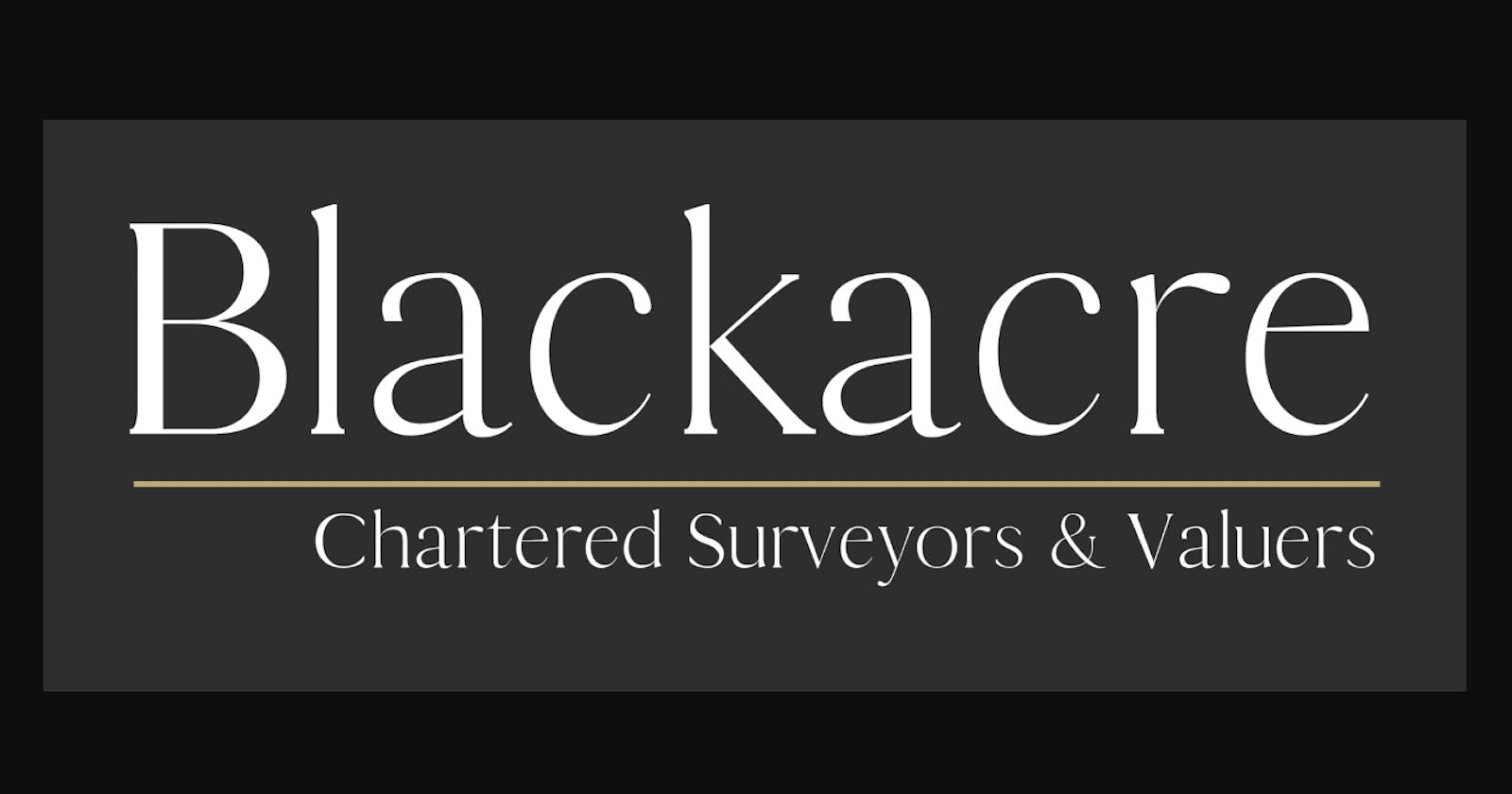One in the first queries you'll think about when you are looking at a brand new property to acquire is: Precisely what is this property really worth? That is a various issue then: Simply how much can I pay? And it's still diverse then: Exactly what can I become this property for? But those inquiries will need solutions before you devote a deal to get a fresh property. Have more information about Commercial Valuations Battersea
How a trader decides to worth a property can depend on how big the property or maybe the class of the purchaser. We depend on the easy techniques, equally because we are a novice to commercial investing, and furthermore, as we're looking at small attributes. But, basic doesn't mean a lot less dependable or less precise when it goes to commercial valuation.
Essentially, you can find three ways to importance a commercial property:
Direct Comparison Technique
Charge Method
Income Method (including the DCF strategy and the Capitalization Approach).
The direct comparing method uses the recent sale information of similar properties (very similar in proportion, location and if feasible, renters) as comparables. This method is fairly common, and is often employed together with the Revenue Method.
The fee technique, otherwise known as the replacement cost strategy, is not really as common. And it's precisely what it noises like, determining a value for the purpose it would charge to switch the property.
The third, and the majority of common method of valuing commercial real estate is applying the revenue strategy. The two main widely used earnings strategies to importance a property. The less complicated method is the capitalization rate approach. Capitalization Rate, more often known as the "Cap Rate", is a ratio, typically conveyed in the %, that is certainly computed by splitting up the Net Working Income into the Price of your Property. The cap rate approach to valuing a property is how you determine just what is a acceptable cap rate for your subject property (by looking at other property sales), then splitting up that rate into the NOI for your property (NOI may be the World wide web Functioning Income. It's similar to revenue minus vacancy minus functioning expenses). Or, you could determine the asking cap rate from the property by splitting up the NOI from the wondering price.
As an example, if your property has leases in place that may attract, right after costs (however, not including financing) an NOI of $10,000 in the next year and equivalent qualities sell for cap rates of 6% then you can expect your property being really worth approximately $166,666 ($10,000/.06 = $166,666). Or, said yet another way, if the inquiring price of the property is $169,000, and it's NOI is calculated at $10,000 for your next calendar year, the asking cap rate is around 6Per cent.
In which this will get challenging happens when qualities are vacant, or in which the leases are set to end in the impending season. This could be when you are forced to earn some presumptions. (We'll help save how you cope with this for an additional day.)
Other revenue way is the DCF method, or the Reduced Cash Stream technique. The DCF strategy is often employed in valuing large qualities like the downtown area office buildings or property portfolios. It's not basic, and it's a bit subjective. Multiple 12 months cash stream projections, presumptions about lease rates and property improvements and expense projections are used to compute what the property will be worth right now. Fundamentally, you find out every one of the cash that will be compensated out and all of the cash that can be brought in from month to month more than a certain time frame (normally the time you plan to carry the building for). Then you determine what those upcoming cashflows are well worth these days. You will find computer programs like Argus Software that assist in these types of valuations because there are a lot of parameters and a lot of computations included.
For your small investors, like us, utilizing a mix of comparable property sales and cash flow valuation employing cap rates, can provide a trustworthy valuation. The real issue is persuasive the seller that they should sell depending on today's earnings and today's similar qualities. In the case of a combined use commercial building we tried to buy, the seller was costs their property according to suppositions that leases will replace in the next 6 a few months at substantially increased rates which the part of the property continue to boost making the property more desirable. Sadly, we don't buy properties hoping for appreciation. We buy qualities today because the property will placed a lot more money inside our wallet on a monthly basis then it will take out, and the property matches within our investing goals.

